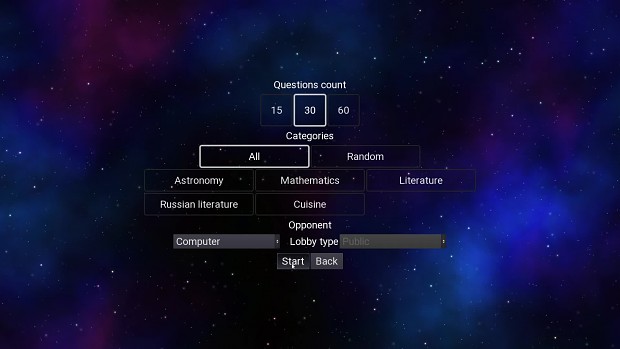Use this guide to attain 100% completion.
WARNING: Lots of images (over 15MB)
Astronomy (1 to 60)
A 1: Milk
A 1: The Milky Way
A 1: The Silver Coin Galaxy A 2: The Sombrero Galaxy
A 1: Black hole
A 1: Jupiter A 2: Saturn
A 1: Uranus A 2: Neptune
A 1: Mercury
A 1: The Milky Way
A 1: Yellow dwarf
A 1: Perihelion
A 1: Aphelion
A 1: A full revolution of the Sun around the galactic nucleus
A 1: Mercury
A 1: Mercury
A 1: God of commerce
A 1: Mercury
A 1: Mercury
A 1: Mercury 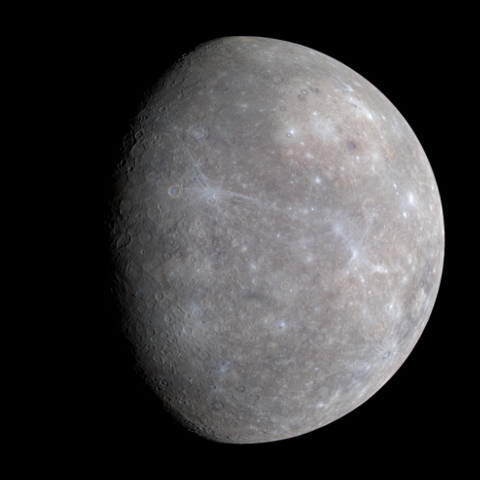
A 1: Venus
A 1: Venus
A 1: Venus
A 1: Venus
A 1: Venus 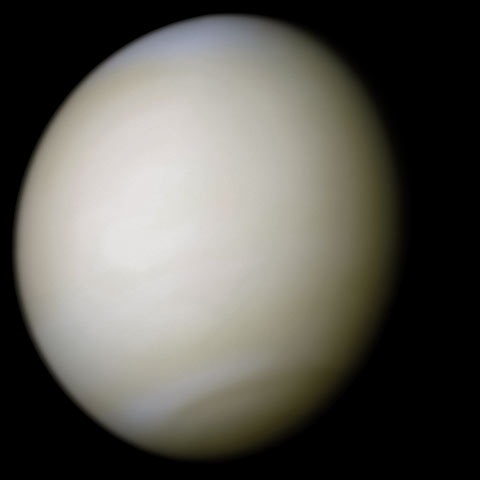
A 1: Venus
A 1: Venus
A 1: Earth 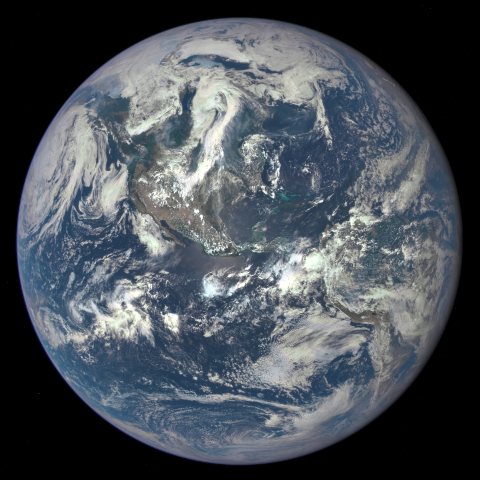
A 1: 365
A 1: Goldilocks
A 1: God of war
A 1: Mars 
A 1: Mars
A 1: Mars
A 1: Earth A 2: Mars
A 1: Mars
A 1: Mars A 2: Venus A 3: Mercury
A 1: Mars
A 1: Mars
A 1: Supreme god of lightning and thunder
A 1: Jupiter
A 1: 79
A 1: Jupiter
A 1: Jupiter
A 1: Hydrogen and helium
A 1: Jupiter
A 1: Jupiter
A 1: Jupiter A 2: Saturn
A 1: Saturn 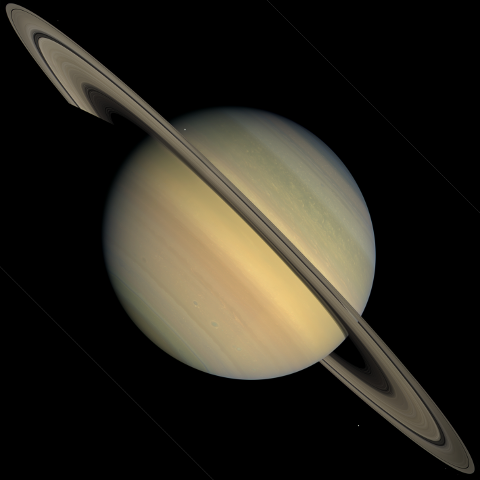
A 1: God of agriculture
A 1: Hexagon
A 1: Titan
A 1: Solid particles
A 1: Ice A 2: Rock
A 1: Titan
A 1: Titan
A 1: Titan
A 1: Exchange orbits
A 1: Uranus 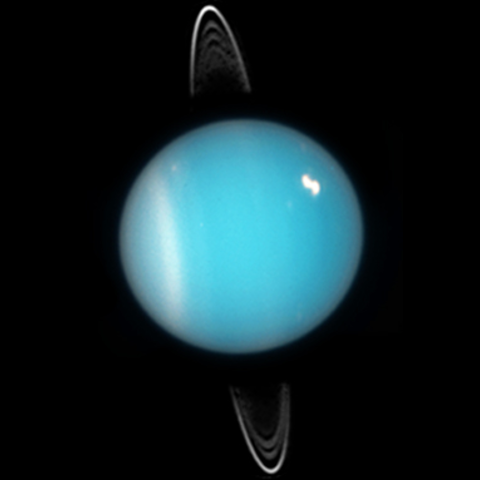
A 1: Uranus
A 1: Uranus
A 1: Enceladus
Astronomy (61 to 101)
A 1: Neptune 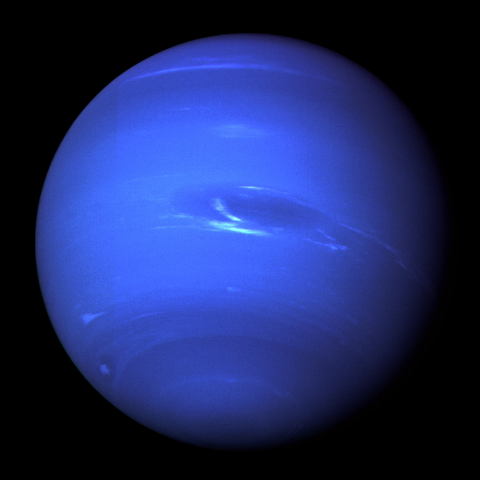
A 1: Neptune
A 1: 2,100 km/h
A 1: Neptune
A 1: Neptune
A 1: Pluto
A 1: Pluto 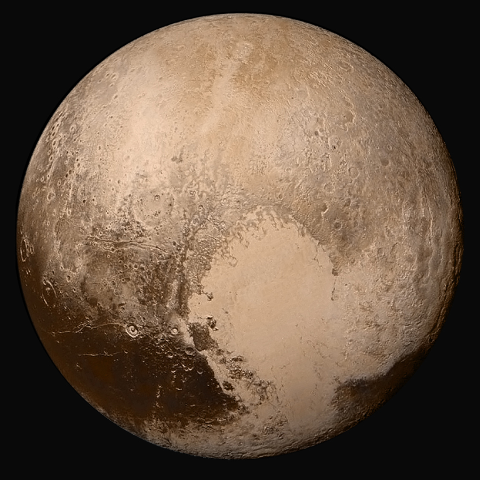
A 1: Earth A 2: Mercury
A 1: Pluto
A 1: To Pluto
A 1: Venus A 2: Mercury
A 1: Alpha Centauri
A 1: Betelgeuse
A 1: Aldebaran
A 1: Vega
A 1: White dwarfs
A 1: Blue
A 1: Diamond
A 1: Lucy
A 1: Neutron stars
A 1: Pulsar (neutron star)
A 1: Moon A 2: Sun
A 1: Red
A 1: 300 million tons
A 1: Neutron star
A 1: Moon
A 1: 8 minutes
A 1: Astronomical unit
A 1: Light year
A 1: Hairy
A 1: 6 times
A 1: Behind Neptune
A 1: Pluto
A 1: Nicolaus Copernicus
A 1: Galileo Galilei
A 1: Giordano Bruno
A 1: Johannes Kepler
A 1: Southern Cross (Crux)
A 1: The Milky Way Galaxy 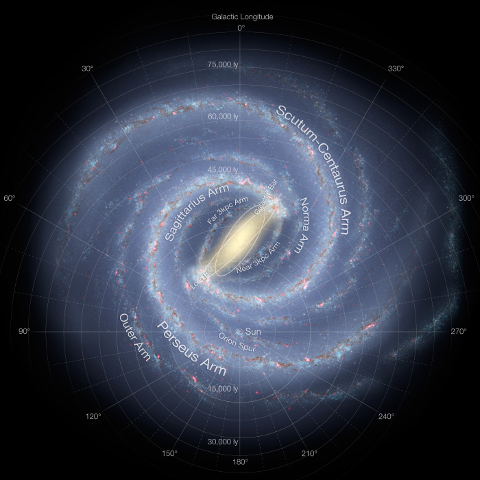
A 1: The Crab Nebula 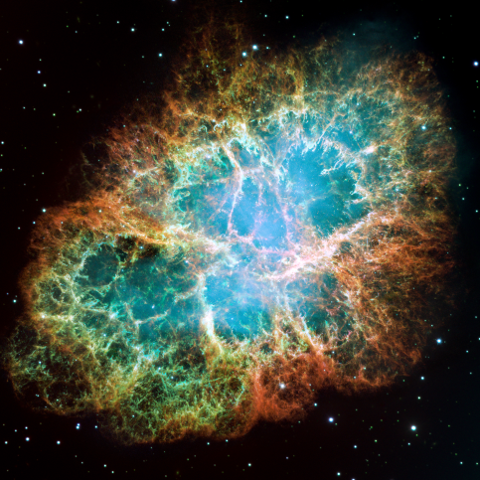
A 1: The Horsehead Nebula 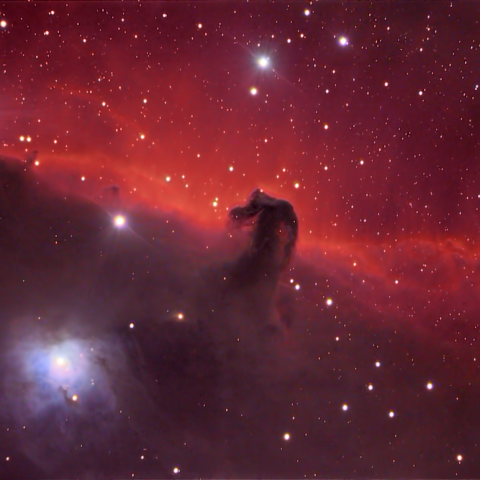
Mathematics (102 to 160)
A 1: Syracuse
A 1: Archimedes
A 1: Gauss
A 1: Gauss
A 1: Gauss
A 1: Theory of number
A 1: L
A 1: Descartes
A 1: Descartes
A 1: Pythagoras
A 1: Euclid
A 1: Euler
A 1: Euler
A 1: Euler
A 1: Eulerian path
A 1: Proportionality sign 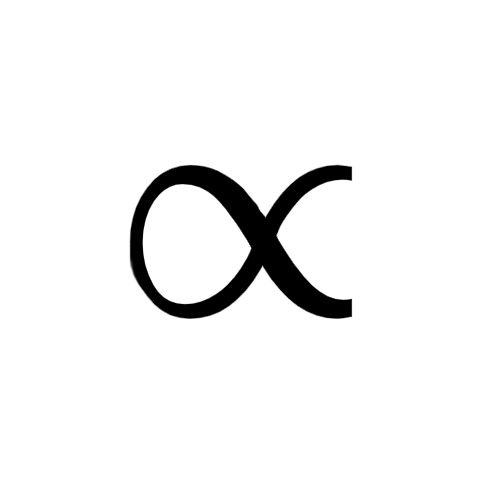
A 1: Tilde 
A 1: Factorial 
A 1: Integral 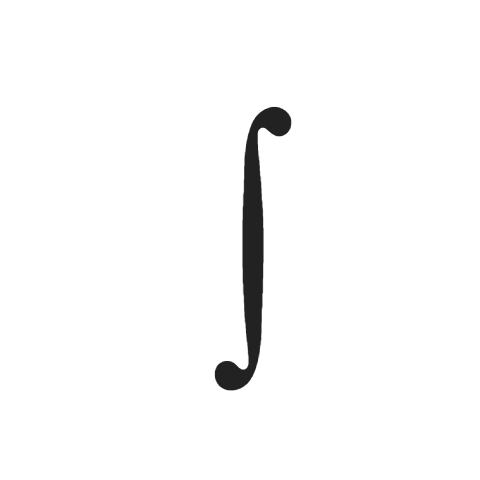
A 1: Equivalency 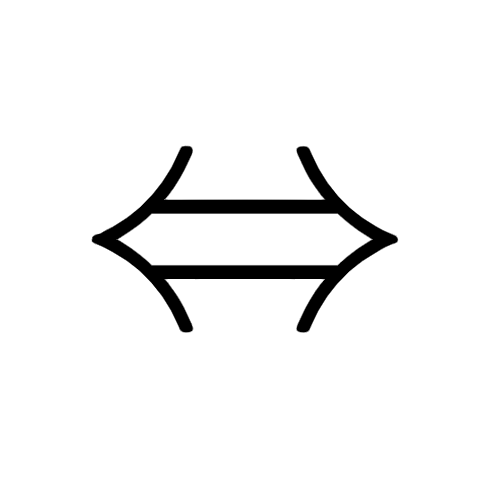
A 1: Universal quantifier 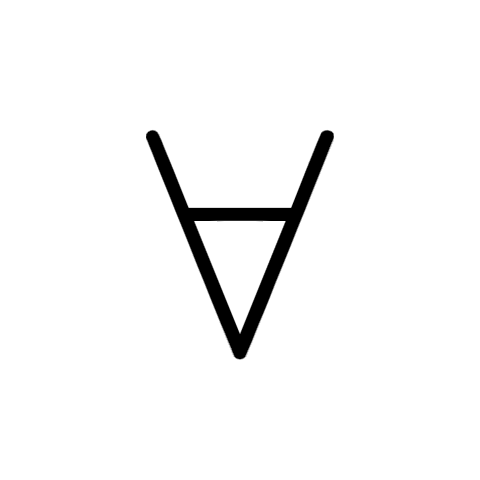
A 1: Existential quantifier 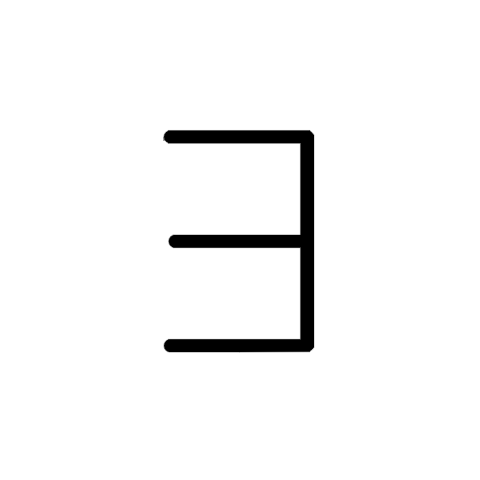
A 1: Natural numbers 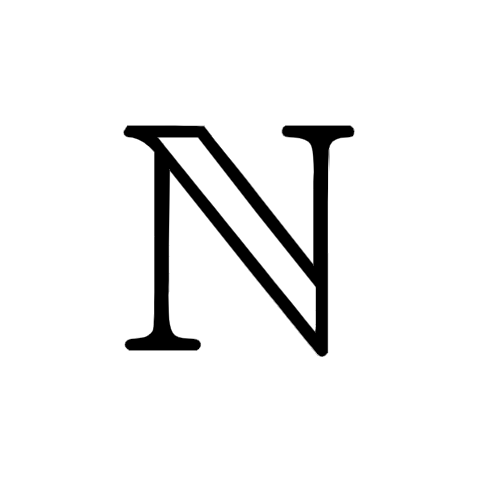
A 1: Integral numbers 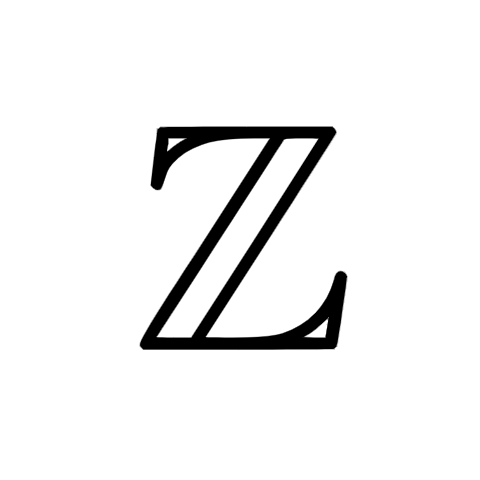
A 1: Rational numbers 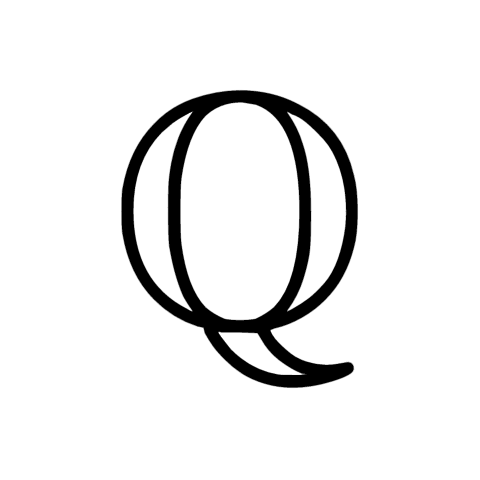
A 1: Real numbers 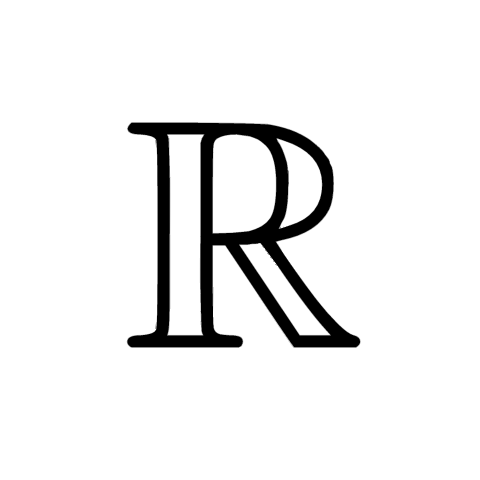
A 1: Complex numbers 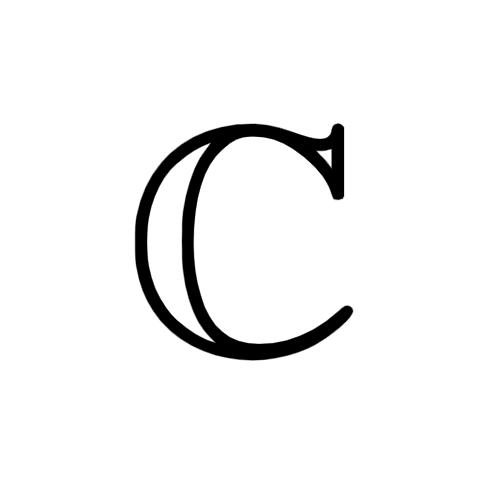
A 1: Infinity 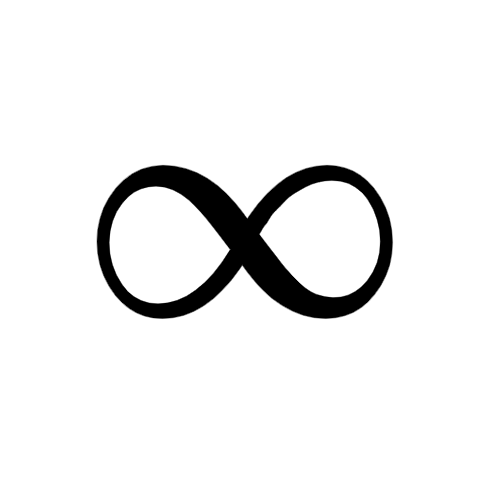
A 1: Numerator
A 1: Denominator
A 1: Proper
A 1: Improper
A 1: Decimal
A 1: Find the greatest common divisor of the numerator and denominator
A 1: 1/2
A 1: 1/5
A 1: 9
A 1: 12
A 1: 15
A 1: 18
A 1: 21
A 1: 10
A 1: 18
A 1: Lobachevsky
A 1: Lobachevsky
A 1: 8
A 1: Kovalevskaya
A 1: Mobius
A 1: Geometrical figure
A 1: Point
A 1: Straight line
A 1: Line segment
A 1: Ray
A 1: Broken line
A 1: Polygon
A 1: Square
A 1: Rhombus A 2: Parallelogram A 3: Rectangle
A 1: 90 degrees
A 1: 360 degrees
Mathematics (161 to 203)
A 1: 12
A 1: 9
A 1: Parallelogram
A 1: 360 degrees
A 1: Rectangle
A 1: Trapezium
A 1: Chord
A 1: Diameter
A 1: Segment
A 1: Axiom
A 1: Theorem
A 1: Cube
A 1: 6
A 1: 4
A 1: Pyramid
A 1: Triangle
A 1: Parallelogram
A 1: Rectangle A 2: Square
A 1: Egg
A 1: Circle 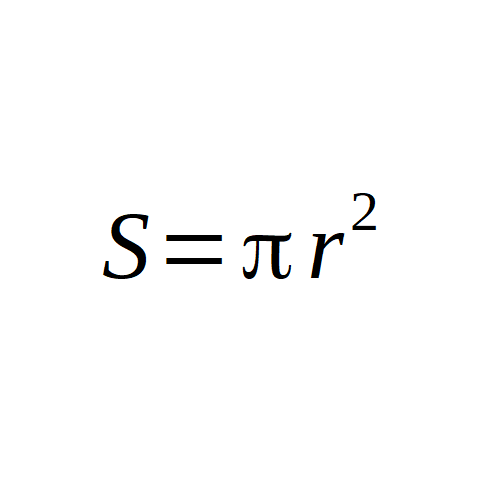
A 1: Square 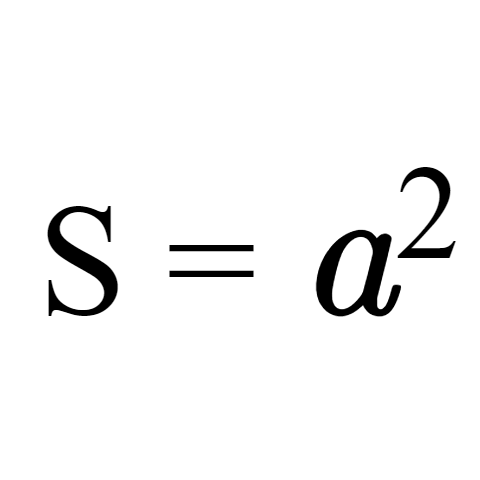
A 1: Triangle 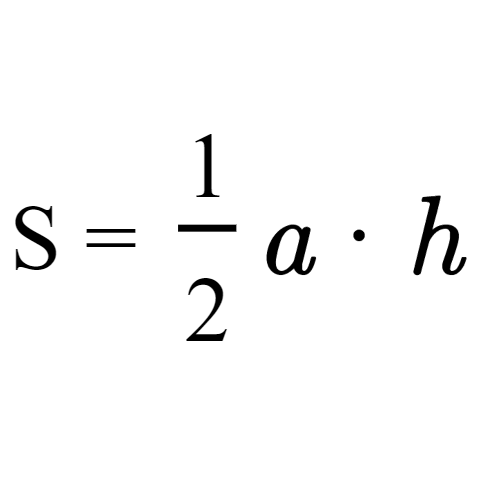
A 1: Trapezium 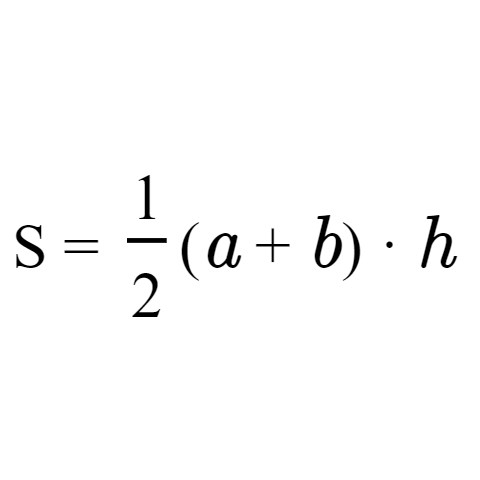
A 1: The ratio of a circle’s circumference to its diameter
A 1: 3.14
A 1: 8
A 1: Triangle
A 1: 12
A 1: Pentagon
A 1: 20
A 1: Triangle
A 1: Archimedes 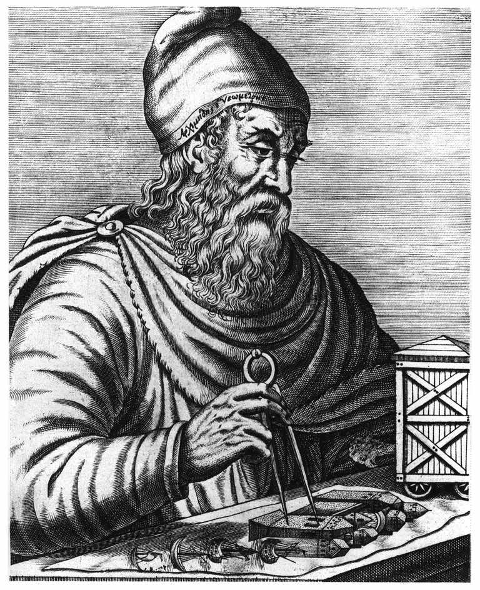
A 1: Euclid 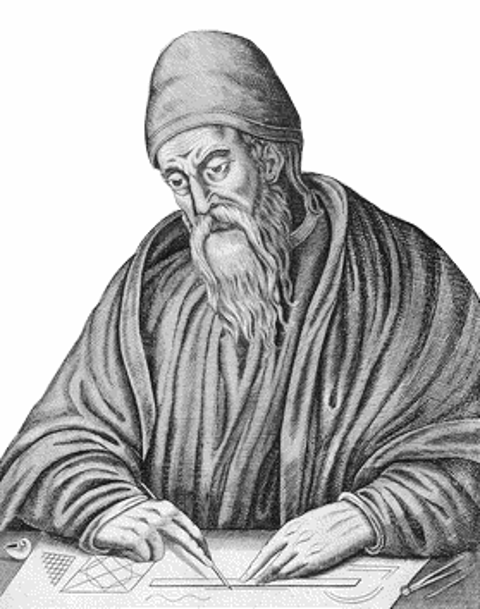
A 1: Pythagoras 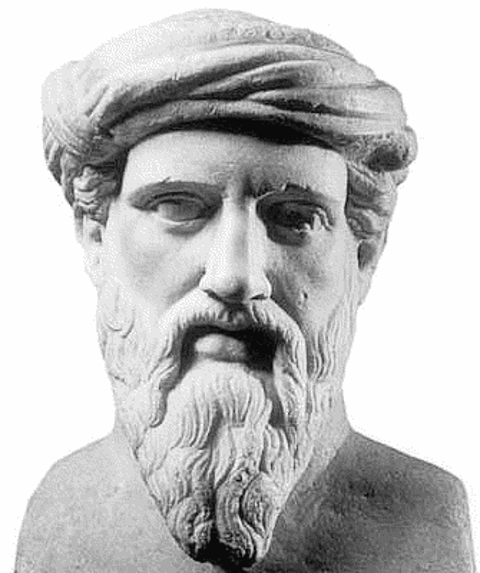
A 1: Euler 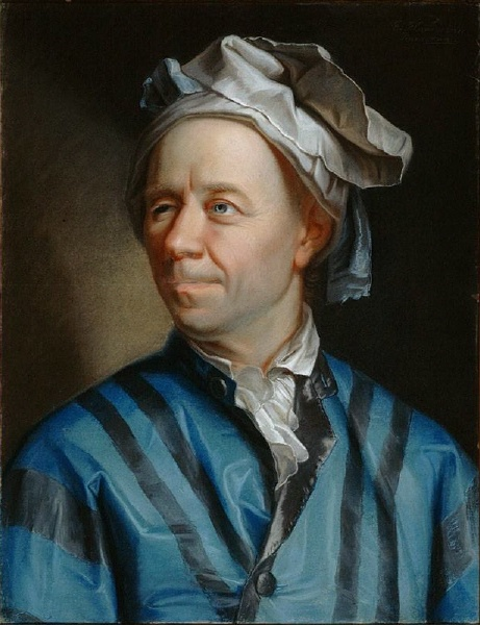
A 1: Lobachevsky 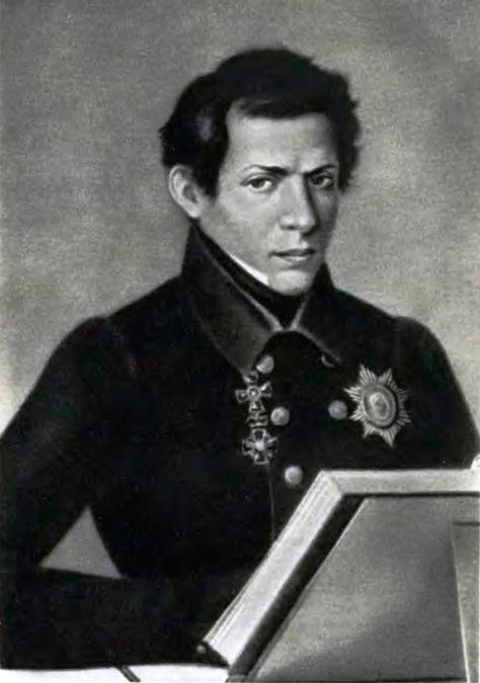
A 1: Gauss 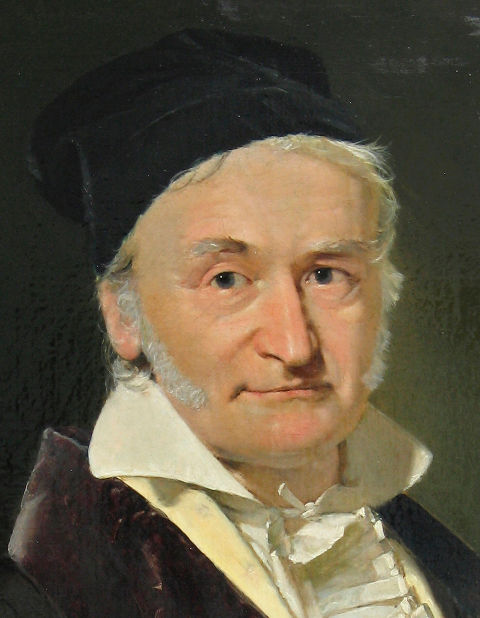
A 1: Descartes 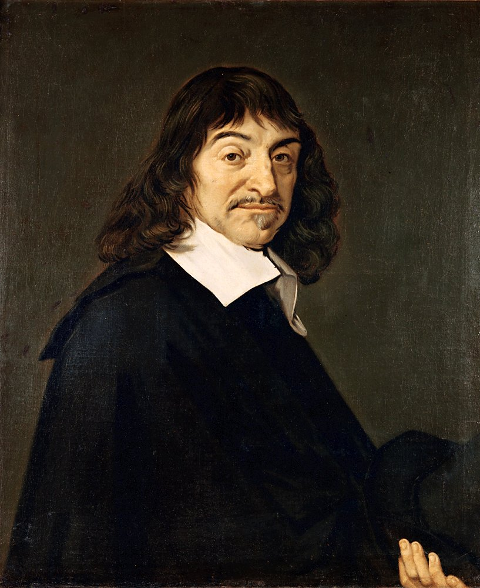
A 1: V
A 1: X
A 1: C
A 1: D
A 1: M
World Literature (204 to 262)
A 1: George Eliot
A 1: George Eliot 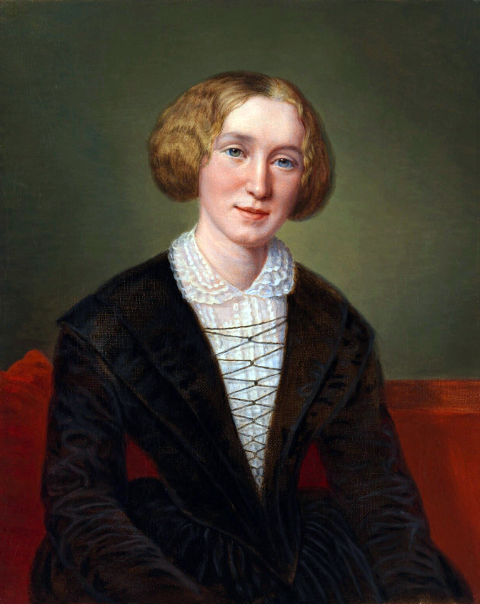
A 1: “Adam Bede” A 2: “Middlemarch”
A 1: Currer Bell
A 1: Charlotte Brontë 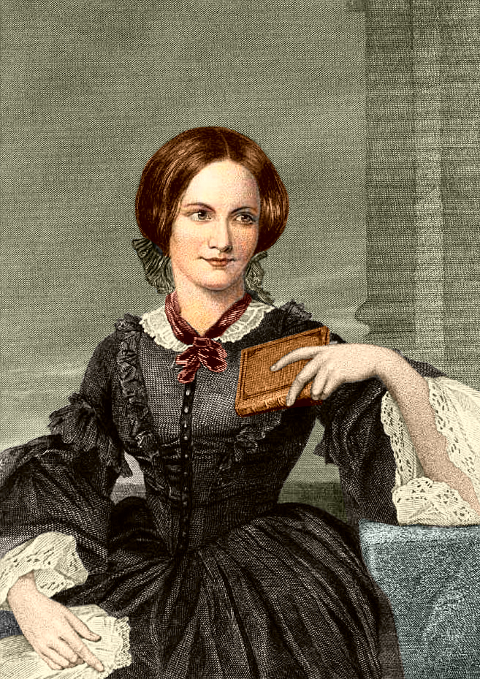
A 1: “Jane Eyre”
A 1: Charlotte
A 1: 19th
A 1: “Jane Eyre”
A 1: “Pride and Prejudice” A 2: “Mansfield Park”
A 1: “Pride and Prejudice”
A 1: Mary Shelley 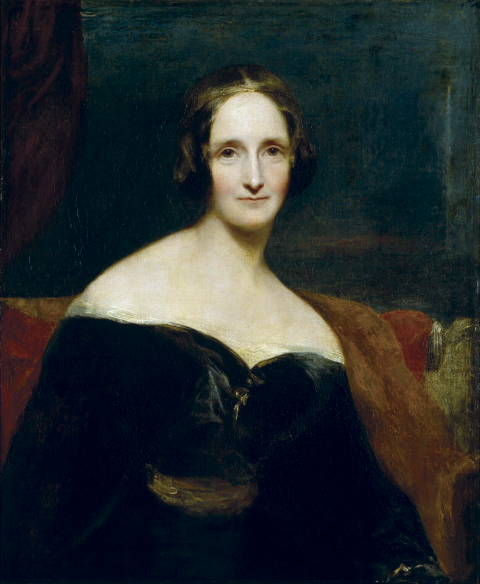
A 1: Mary Shelley
A 1: “Oliver Twist”
A 1: “David Copperfield”
A 1: 19th
A 1: Charles
A 1: “Our Mutual Friend” A 2: “Dombey and Son”
A 1: Charles Dickens 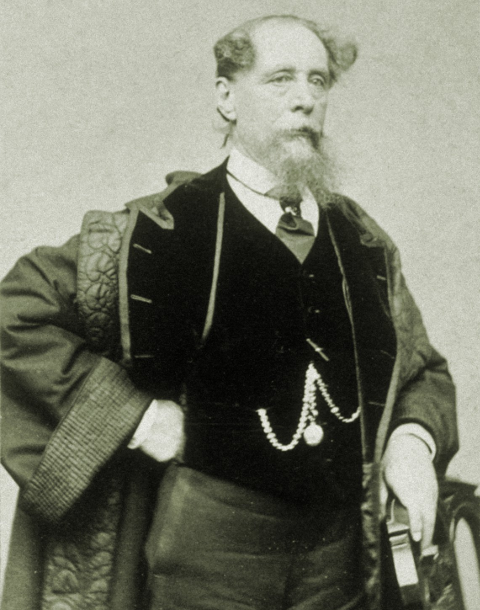
A 1: Arthur Conan Doyle 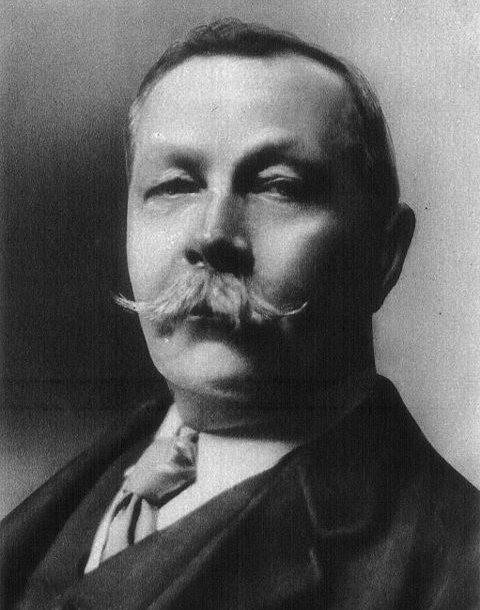
A 1: 19th
A 1: “The Adventures of Sherlock Holmes” A 2: “The Exploits of Brigadier Gerard”
A 1: “The Adventures of Sherlock Holmes”
A 1: Black pearl
A 1: “A Scandal in Bohemia”
A 1: Rudyard Kipling
A 1: Rudyard Kipling
A 1: Mowgli
A 1: Elephant
A 1: Lewis Carroll
A 1: Mathematician
A 1: Lewis Carroll
A 1: Oscar Wilde 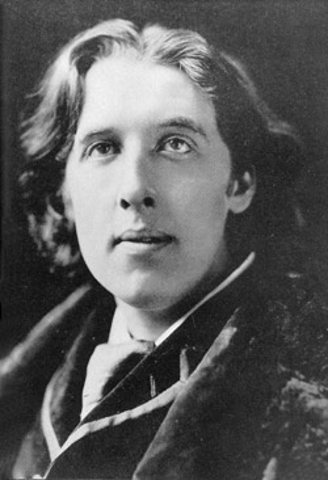
A 1: 19th
A 1: “The Picture of Dorian Gray” A 2: “The Canterville Ghost”
A 1: Earnest
A 1: Joseph Sheridan Le Fanu 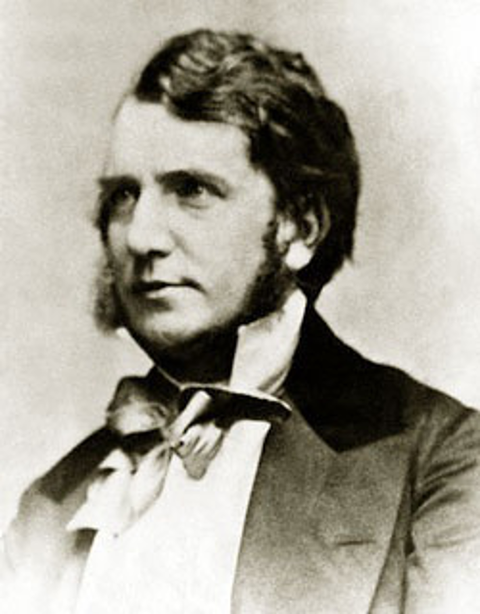
A 1: “Carmilla”
A 1: Joseph Sheridan Le Fanu
A 1: Herbert George Wells
A 1: Herbert George Wells
A 1: Herbert Wells
A 1: Henry Rider Haggard
A 1: Allan Quatermain
A 1: Daniel Defoe 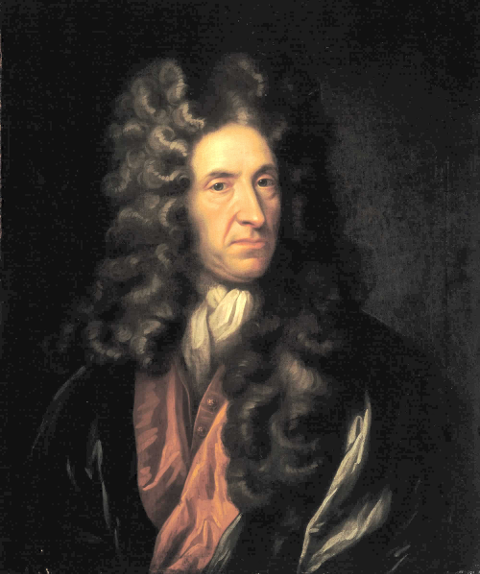
A 1: 17th
A 1: Daniel Defoe
A 1: Friday
A 1: Goats
A 1: Jonathan Swift
A 1: The land of intelligent apes
A 1: Daphne du Maurier
A 1: “The Birds”
A 1: Joanne Rowling
A 1: Basilisk
A 1: Snitch
A 1: Spider
A 1: 1965
A 1: 19th
World Literature (263 to 305)
A 1: Clive Hamilton
A 1: Clive Staples Lewis
A 1: “Chronicles of Narnia”
A 1: John Ronald Reuel Tolkien
A 1: Alan Alexander Milne
A 1: Donkey
A 1: Herbert George Wells
A 1: John Ronald Reuel Tolkien
A 1: 1892
A 1: John Ronald Reuel Tolkien 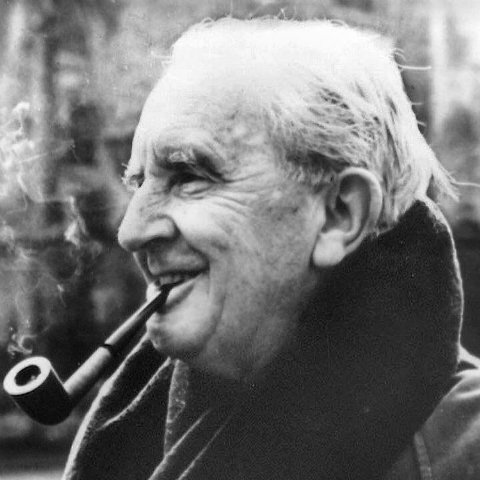
A 1: Hobbits
A 1: Amandine Aurore Lucile Dupin
A 1: George Sand 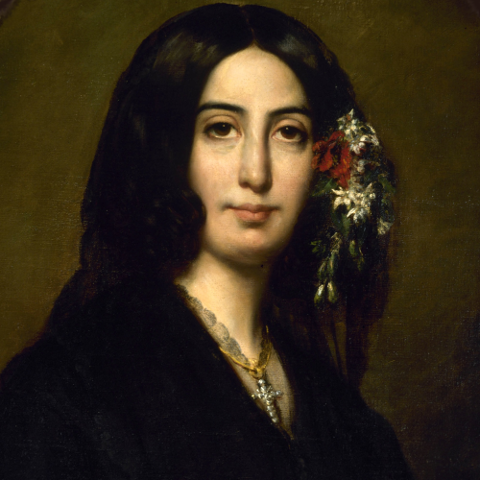
A 1: George Sand
A 1: Honoré de Balzac
A 1: Jules Verne 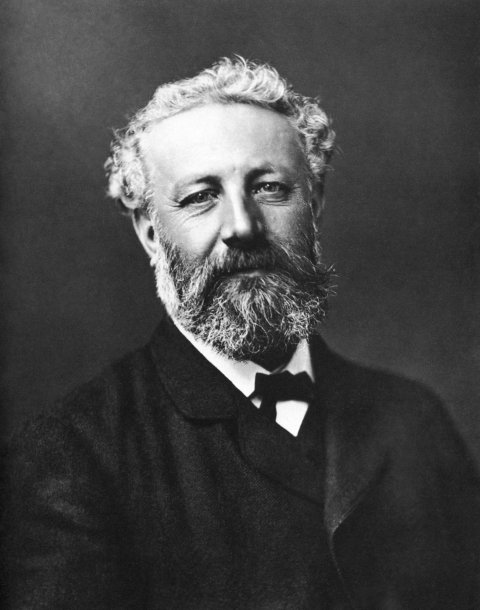
A 1: 19th
A 1: Jules Verne
A 1: “Twenty Years After”
A 1: “Around the World in Eighty Days”
A 1: “In Search of the Castaways”
A 1: Tove Jansson
A 1: “Comet in Moominland”
A 1: “Comet in Moominland”
A 1: Victor Hugo 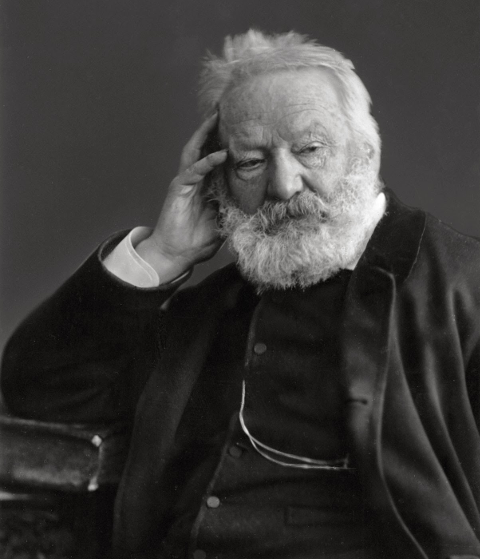
A 1: “The Hunchback of Notre-Dame” A 2: “Les Misérables”
A 1: “The Hunchback of Notre-Dame”
A 1: 19th
A 1: “The Count of Monte Cristo”
A 1: Athos
A 1: Monte Cristo
A 1: Cthulhu A 2: Dagon
A 1: 19th
A 1: Jack London 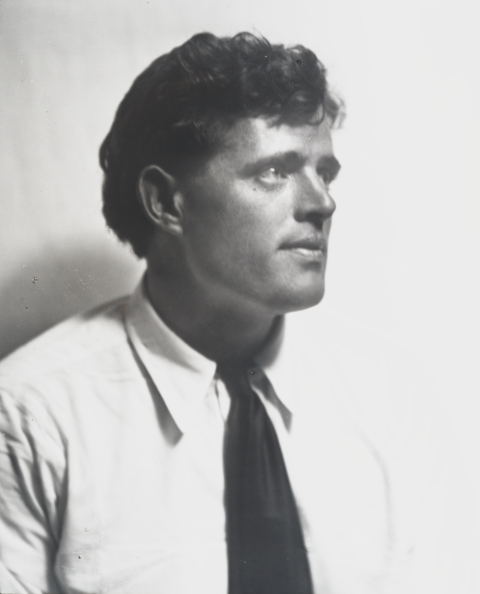
A 1: Dog
A 1: Harry Harrison
A 1: 16th
A 1: William Shakespeare 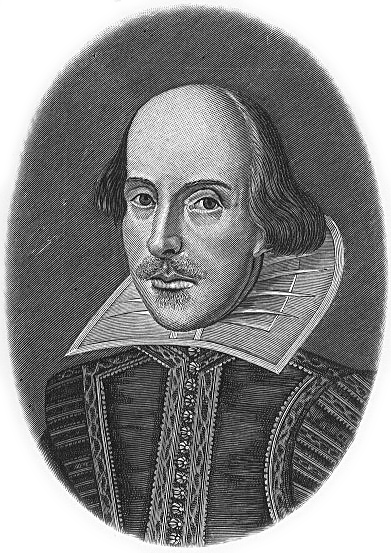
A 1: William Shakespeare
A 1: “Much Ado About Nothing”
A 1: “Dandelion Wine”
A 1: Ray Bradbury
A 1: James Oliver Curwood
Russian Literature (306 to 360)
A 1: “The Gentleman from San Francisco” A 2: “Dark Avenues”
A 1: I. Chubarov A 2: I. Ozyorsky
A 1: I. A. Bunin
A 1: I. A. Bunin 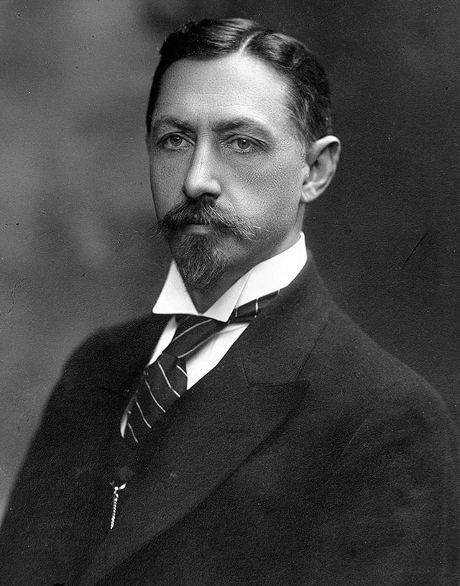
A 1: “The Life of Arseniev”
A 1: I. A. Bunin
A 1: Nikolai Vasilievich
A 1: “Dead Souls” A 2: “Evenings on a Farm Near Dikanka”
A 1: “The Government Inspector” A 2: “The Nose”
A 1: Alov A 2: Yanov
A 1: “Hans Kuhelgarten”
A 1: N. V. Gogol 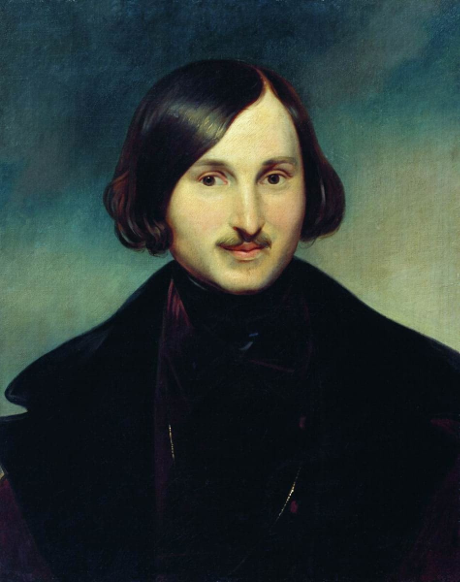
A 1: “Taras Bulba”
A 1: N. V. Gogol
A 1: “St. John’s Eve” A 2: “The lost letter”
A 1: Ostap and Andry
A 1: A. S. Pushkin
A 1: St. Petersburg
A 1: L. A. Chubarova
A 1: V. A. Gogol – Yanovsky
A 1: Ivan Aleksandrovich
A 1: “Oblomov” A 2: “The Precipice” A 3: “A Common Story”
A 1: Ilya Ilych
A 1: I. A. Goncharov 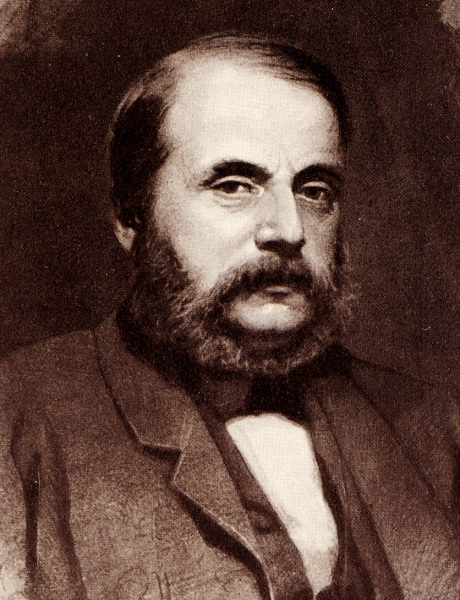
A 1: Stepan Plushkin
A 1: “The Government Inspector”
A 1: “Dead Souls”
A 1: “Christmas Eve”
A 1: Maxim
A 1: “Makar Chudra” A 2: “The Song of the Falcon” A 3: “Old Izergil”
A 1: Nizhni Novgorod
A 1: Aleksey Maksimovich Peshkov
A 1: Maxim Gorky 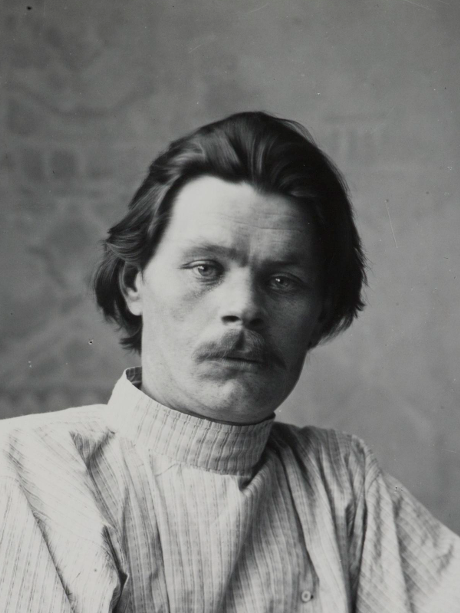
A 1: “Fathers and Sons” A 2: “A Common Story”
A 1: L. N. Tolstoy
A 1: Alexander Sergeevich
A 1: “Woe from Wit”
A 1: A. S. Griboyedov
A 1: A. S. Griboyedov 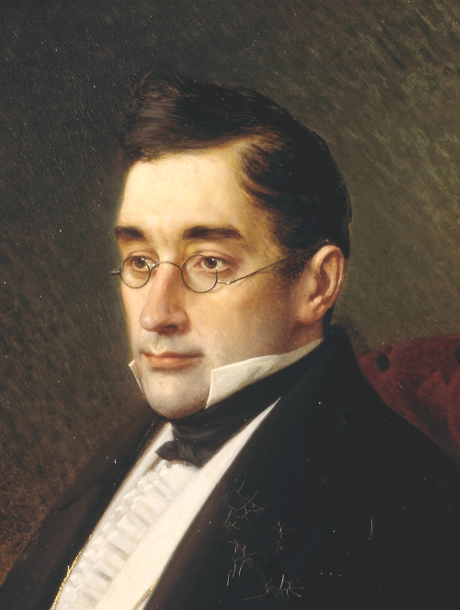
A 1: “Woe from Wit”
A 1: Molière’s “The Misanthrope”
A 1: Fyodor Mikhailovich
A 1: “Crime and Punishment” A 2: “Demons” A 3: “The Idiot”
A 1: Omsk
A 1: “The House of the Dead”
A 1: Zuboskalov
A 1: F. M. Dostoevsky 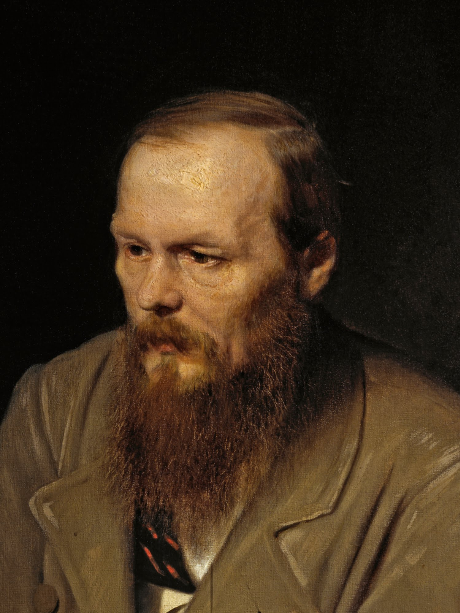
A 1: “Crime and Punishment”
A 1: F. M. Dostoevsky
A 1: Aleksandr Ivanovich
A 1: A. I. Kuprin 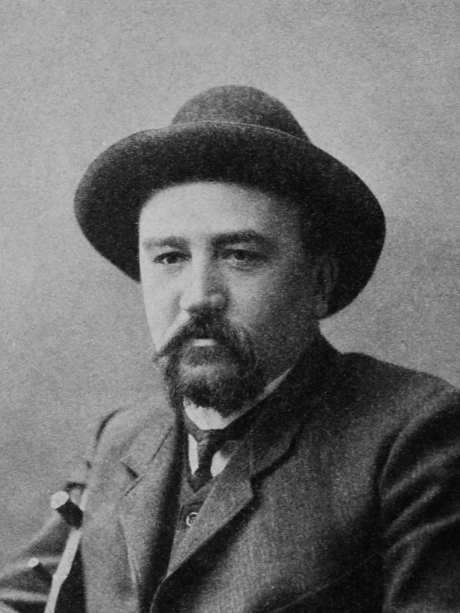
A 1: “Olesya” A 2: “The Garnet Bracelet”
A 1: Mikhail Yuryevich
A 1: M. Y. Lermontov 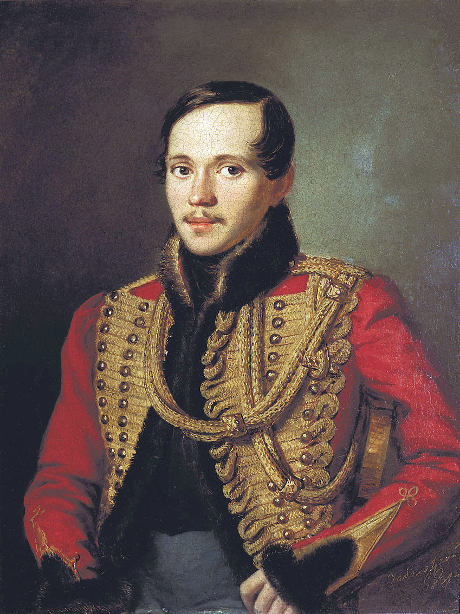
A 1: Lamver A 2: Count Diarbekir
Russian Literature (361 to 394)
A 1: M. Y. Lermontov
A sail shows white at sea alone
In bright-blue brilliance of sea haze, –
What does it look for far from home?
Why did it leave its native place?
A 1: M. Y. Lermontov
A 1: “A Hero of Our Time”
A 1: M. Y. Lermontov
A 1: Nikolay Semeonovich
A 1: N. S. Leskov
A 1: N. S. Leskov
A 1: Alexander Nikolayevich
A 1: A. N. Ostrovsky 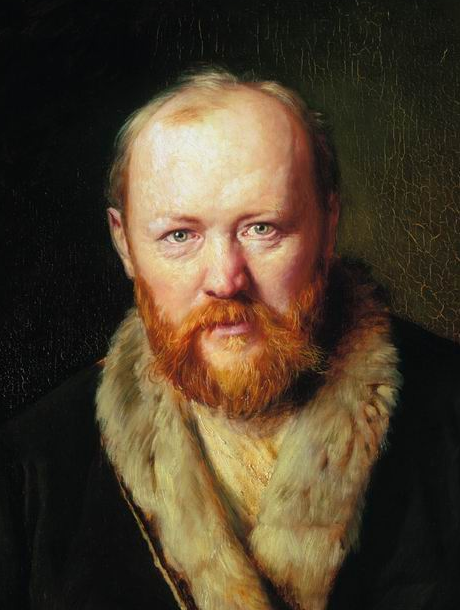
A 1: A. N. Ostrovsky
A 1: “The Storm”
A 1: “The Storm” A 2: “Enough Stupidity in Every Wise Man”
A 1: “Without a Dowry”
A 1: Nikolay Alexeyevich
A 1: N. A. Nekrasov 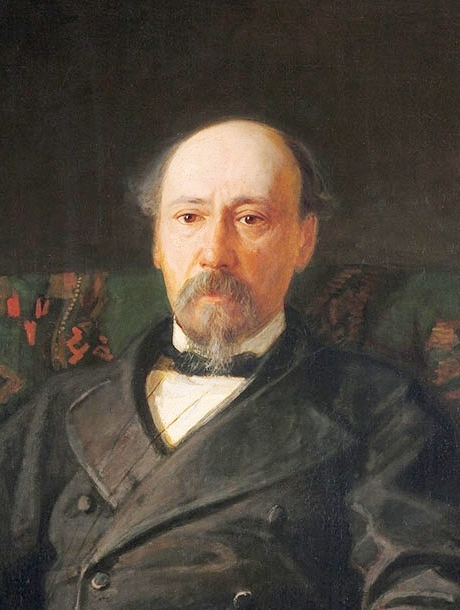
A 1: “Who Is Happy in Russia?” A 2: “Russian Women”
A 1: N. A. Nekrasov
A 1: N. A. Nekrasov
A 1: Ivan Andreyevich
A 1: Ivan Krylov
A 1: Jean de La Fontaine
A 1: Trochee
A 1: Iamb
A 1: Dactyl
A 1: Metaphor
A 1: Hyperbole
A 1: Irony
A 1: 1868–1936
A 1: 1821–1881
A 1: 1814–1841
A 1: Alexander Ostrovsky
A 1: Ivan Krylov
A 1: Ant
A 1: The Fox
Cuisine (395 to 445)
A 1: Horse meat
A 1: Asian
A 1: Tea
A 1: Mare’s milk
A 1: Risotto A 2: Sushi
A 1: Seaweed
A 1: Root
A 1: Shark skin grater
A 1: Salt A 2: Butter
A 1: Beshbarmak A 2: Laghman
A 1: Yak
A 1: Chick-pea
A 1: Century egg
A 1: Beverage
A 1: Tofu
A 1: Buffalo
A 1: Pasta
A 1: Butterfly
A 1: Cheeses
A 1: Mascarpone
A 1: Roquefort A 2: Gorgonzola A 3: Dorblu
A 1: Casu marzu
A 1: Japan
A 1: Buckwheat
A 1: Rice
A 1: Oolong
A 1: Matcha
A 1: Saliva
A 1: Lotus root 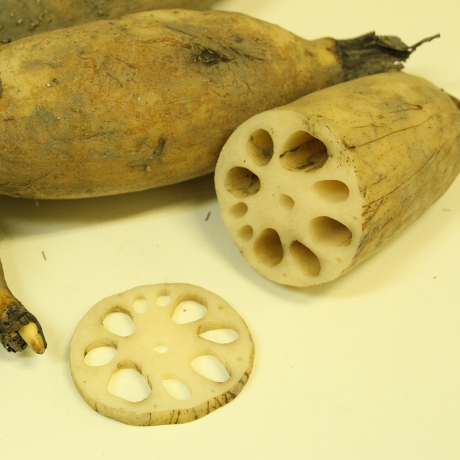
A 1: Cellophane noodles
A 1: Beef
A 1: Yellow
A 1: Root
A 1: Cuttlefish ink
A 1: Flat cakes
A 1: Star anise 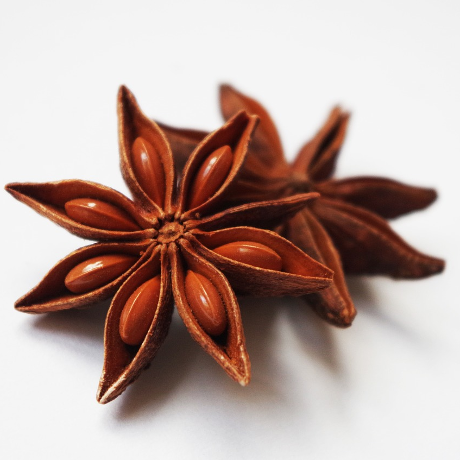
A 1: Orchid
A 1: Root
A 1: Frying on small fire
A 1: Quick processing of a product in boiling water
A 1: Covering a product with flour
A 1: Pouring liquid into another vessel to get rid of the sediment
A 1: Covering a product with chocolate or powdered sugar
A 1: Fish
A 1: Unblown buds
A 1: Crocus
A 1: Poached egg
A 1: Bull testicles
A 1: Wheat
A 1: Barley
A 1: Red
Cuisine (396 to 491)
A 1: The Czech Republic
A 1: Cabbage roll
A 1: Flaky pastry
A 1: Choux pastry
A 1: Batter
A 1: plum + apricot
A 1: potato + tomato
A 1: pomelo + orange
A 1: Cappuccino A 2: Latte
A 1: Ristretto
A 1: Lettuce
A 1: Arborio A 2: Basmati
A 1: Shallot
A 1: Ceviche A 2: Sashimi
A 1: Basil
A 1: Mamaliga A 2: Polenta
A 1: Devil’s breath
A 1: Capsaicin
A 1: Blue agave
A 1: Grain
A 1: Apples
A 1: Cider A 2: Calvados
A 1: Grape
A 1: Chardonnay A 2: Cabernet
A 1: Mojito
A 1: Avocado
A 1: Durian
A 1: Pineapple
A 1: Buddha’s hand 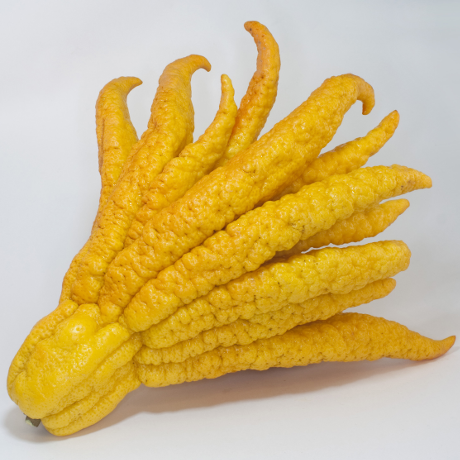
A 1: Carambola 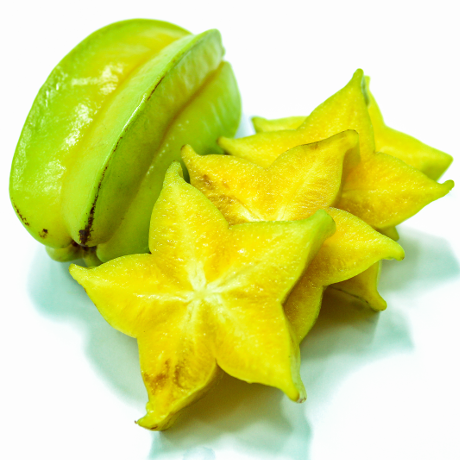
A 1: Durian 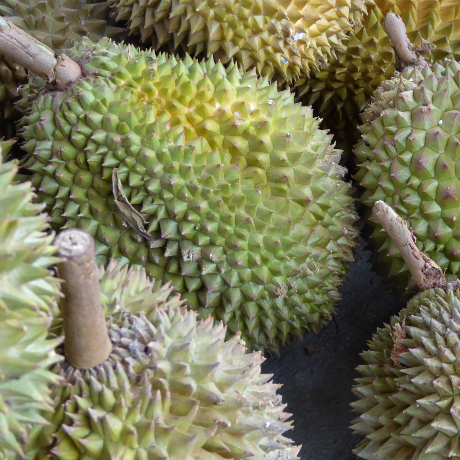
A 1: Jackfruit
A 1: Sour food will seem to be sweet
A 1: Cactus
A 1: Cilantro
A 1: Surstromming
A 1: Bechamel sauce
A 1: Turnip
A 1: Egg separator 
A 1: Banana peeler 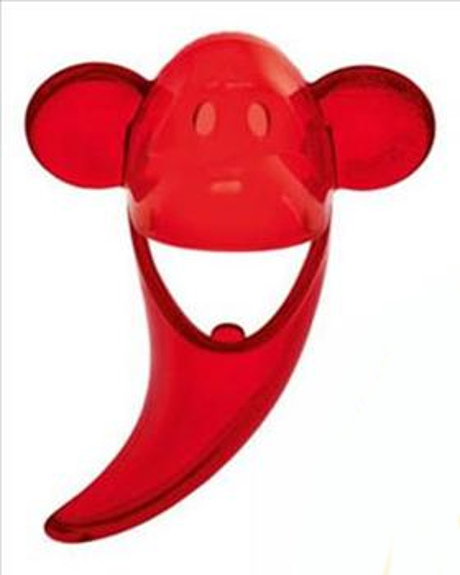
A 1: Mechanical pelmen maker 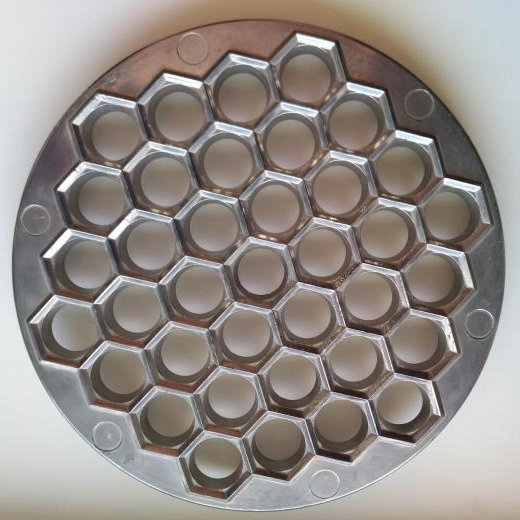
A 1: Knife to remove strawberry tips 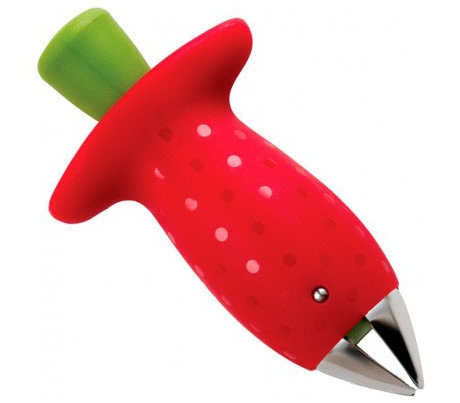
A 1: Citrus peeler 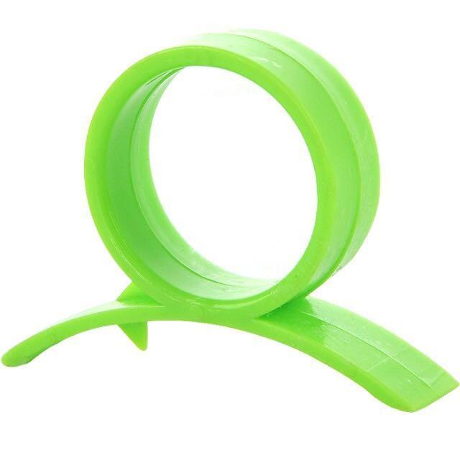
A 1: Birch A 2: Maple
A 1: almonds + sugar syrup
A 1: Jackfruit
